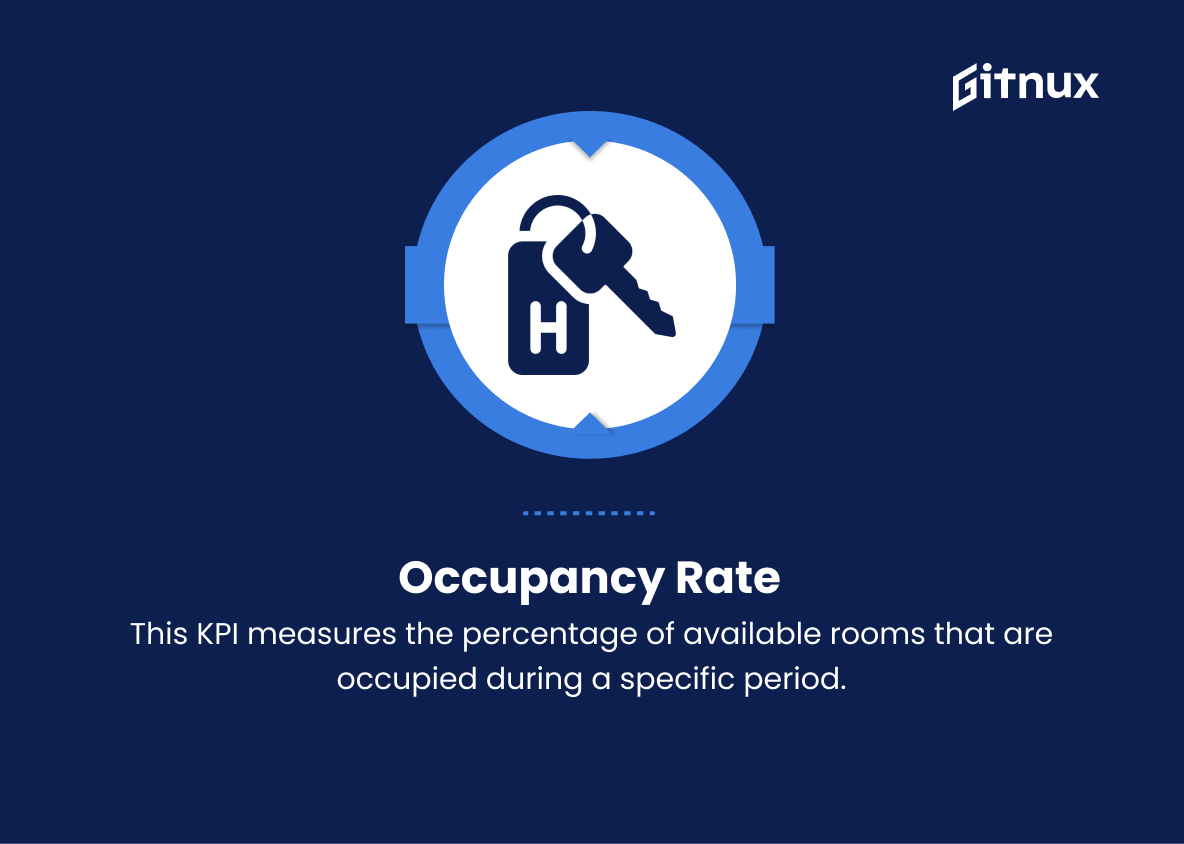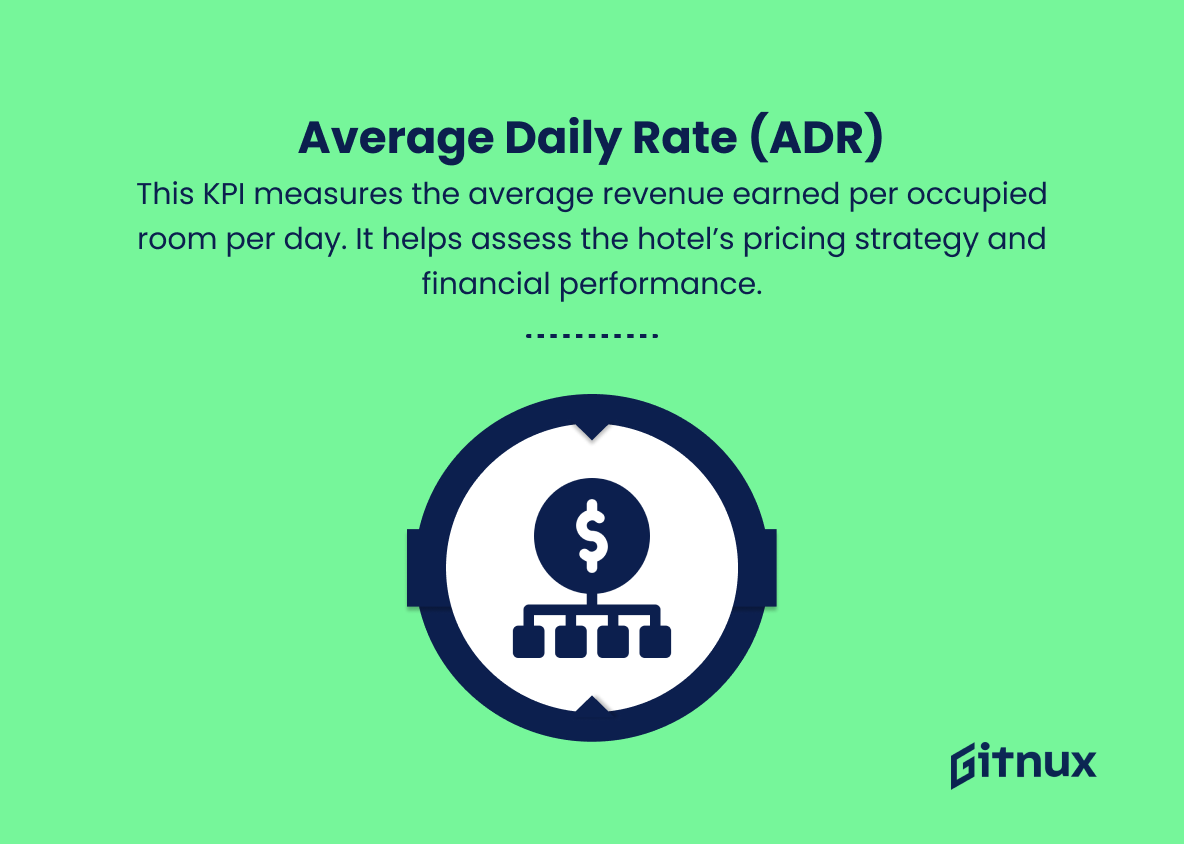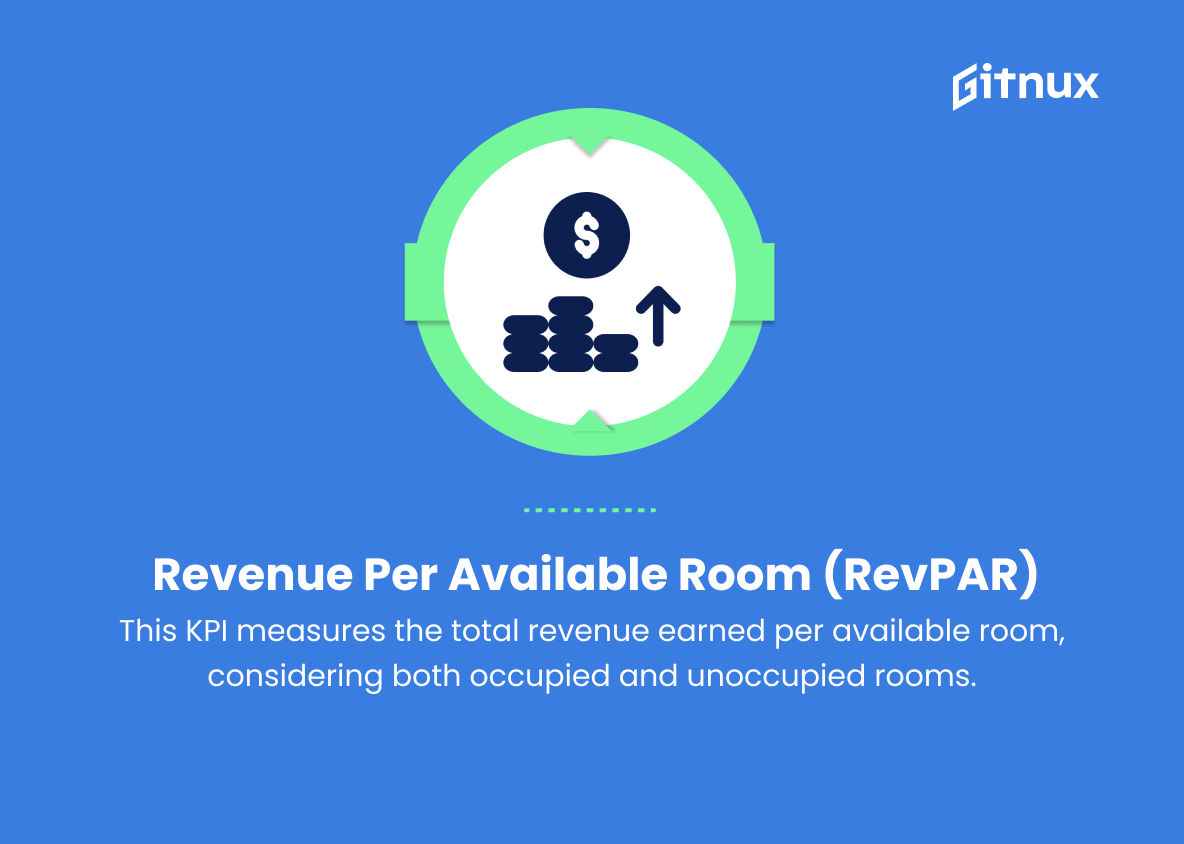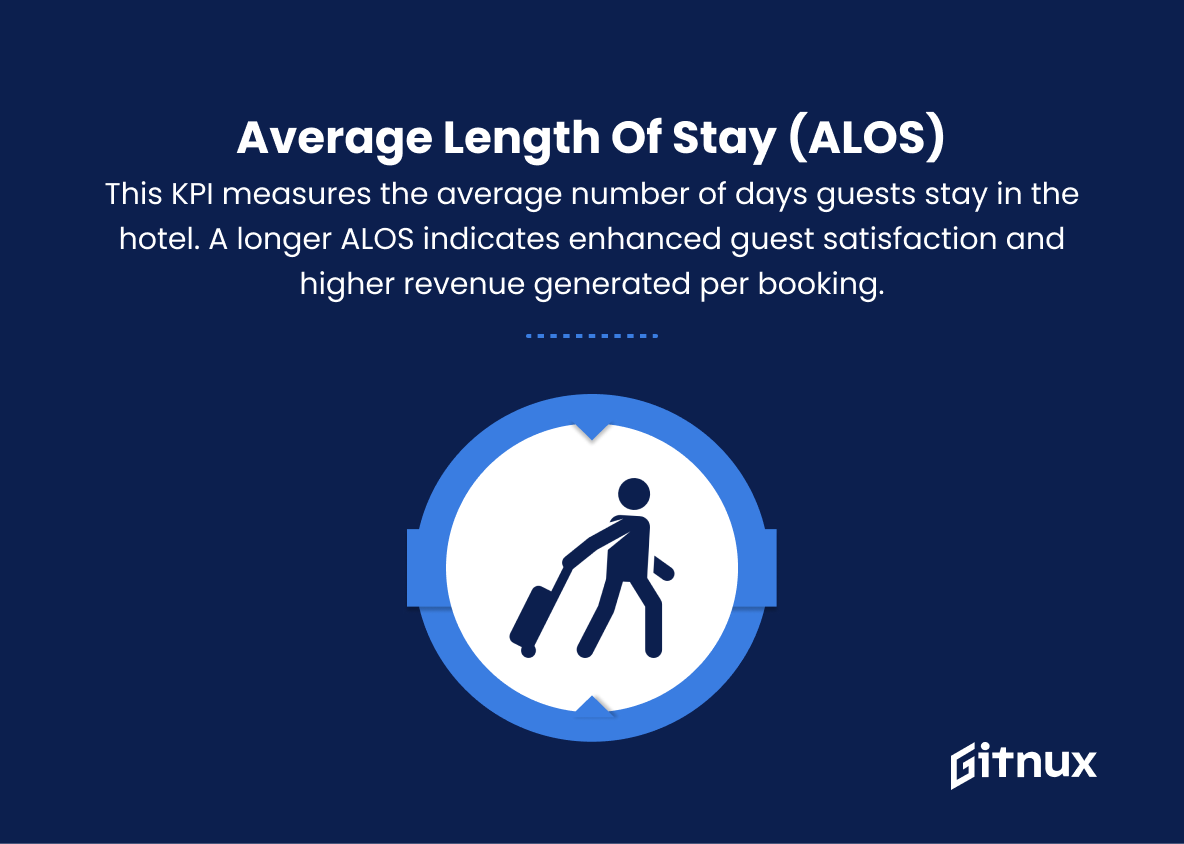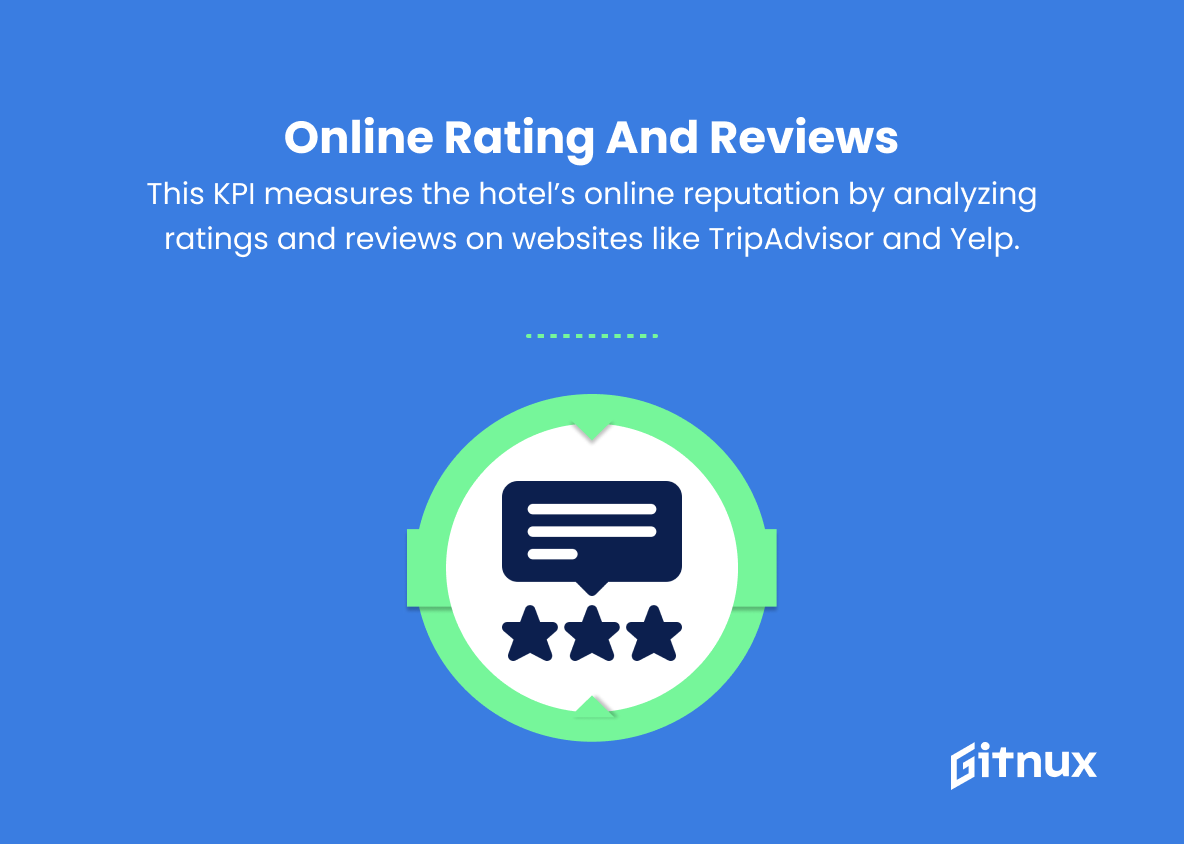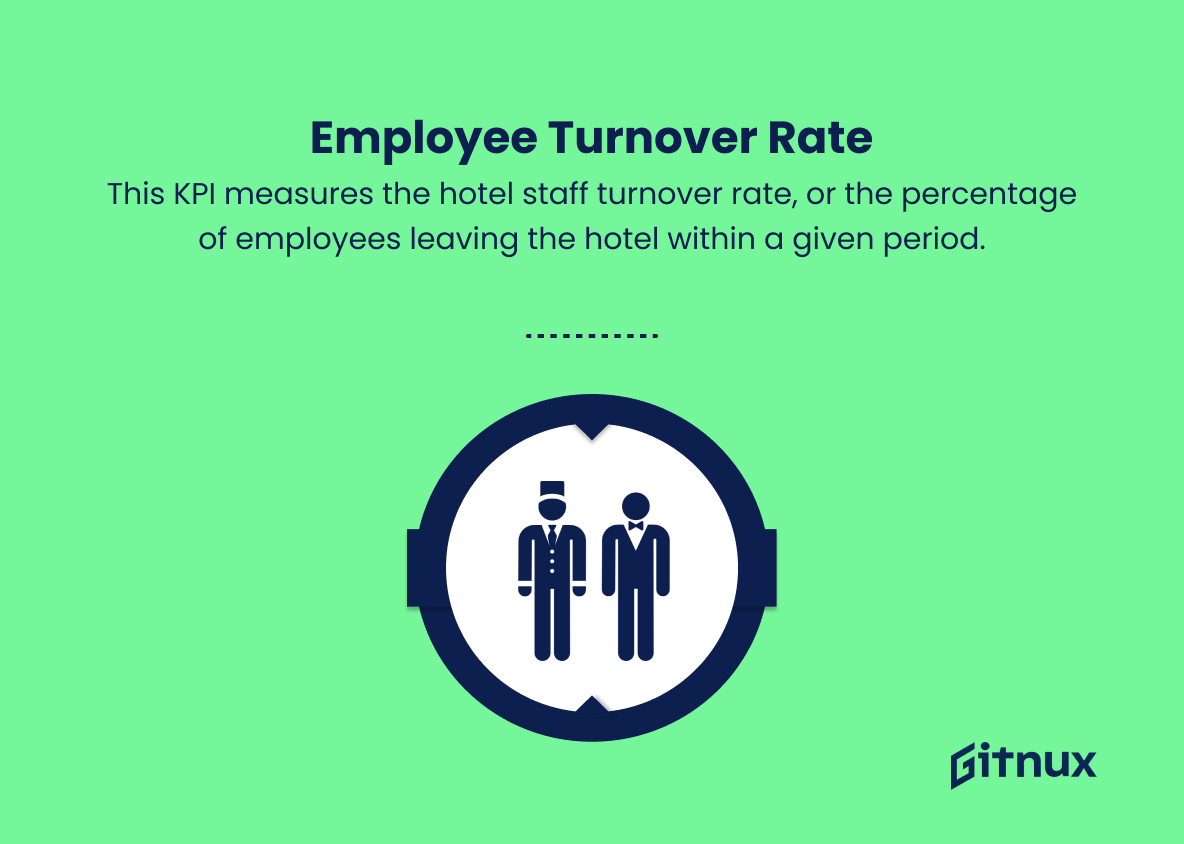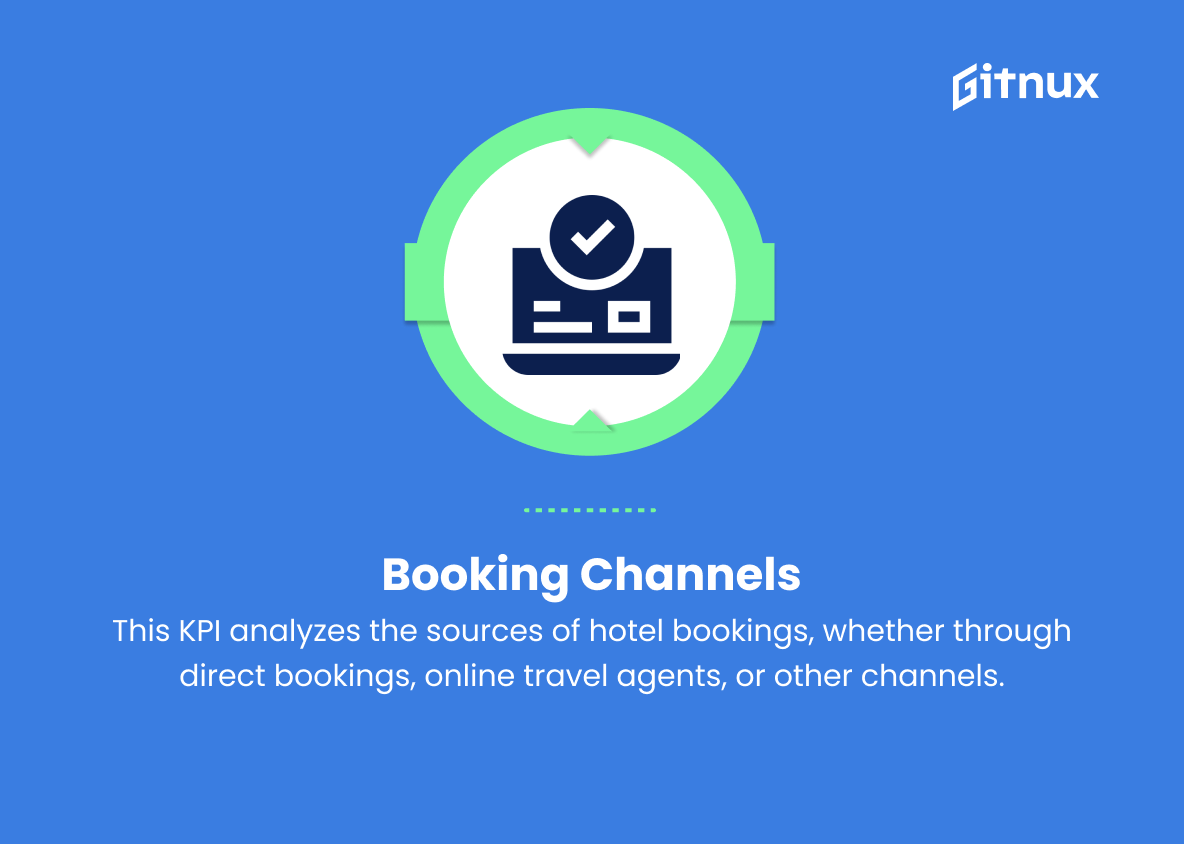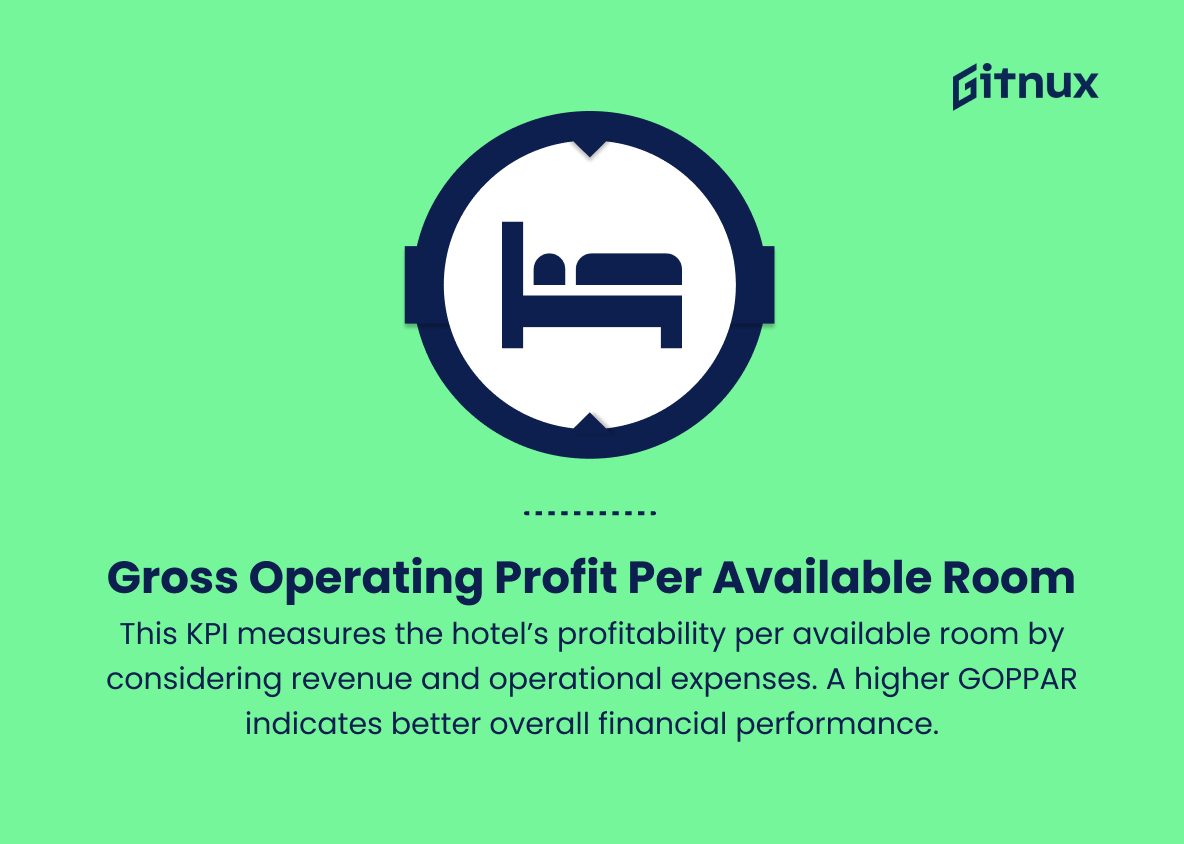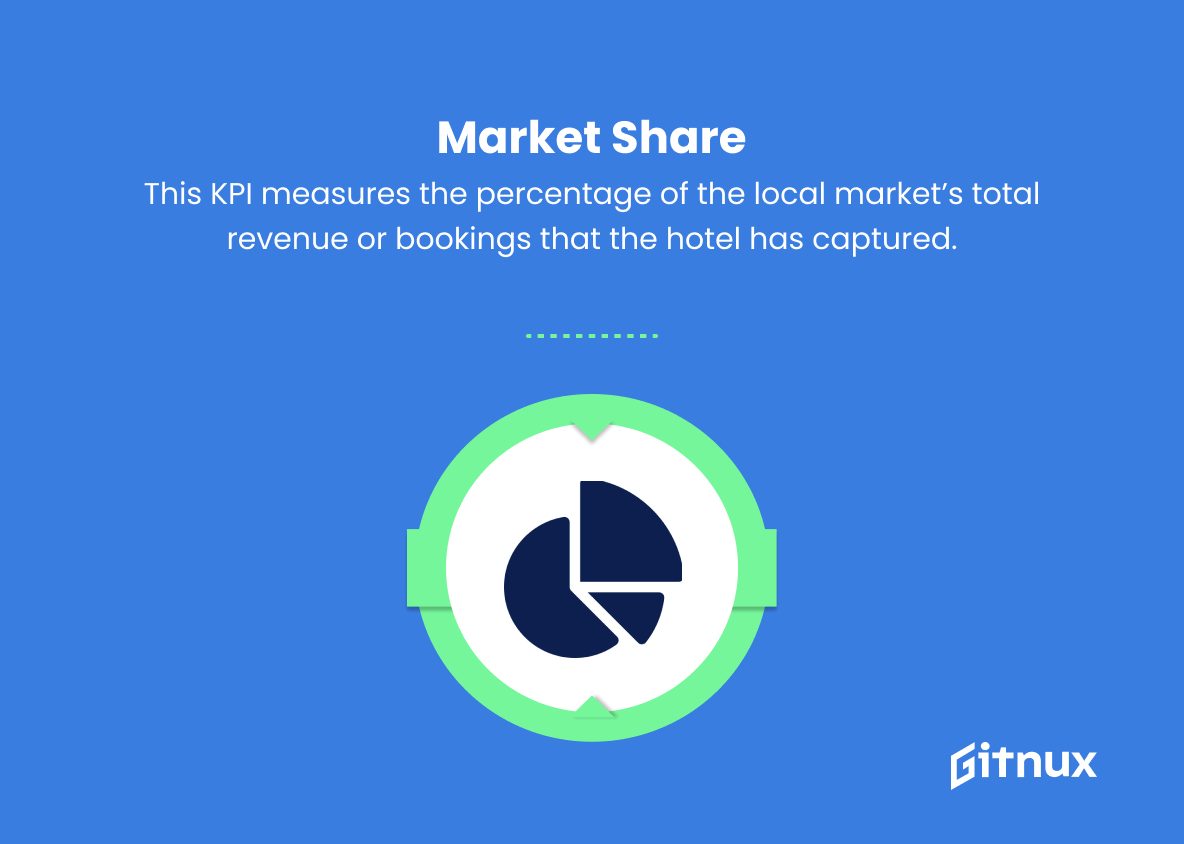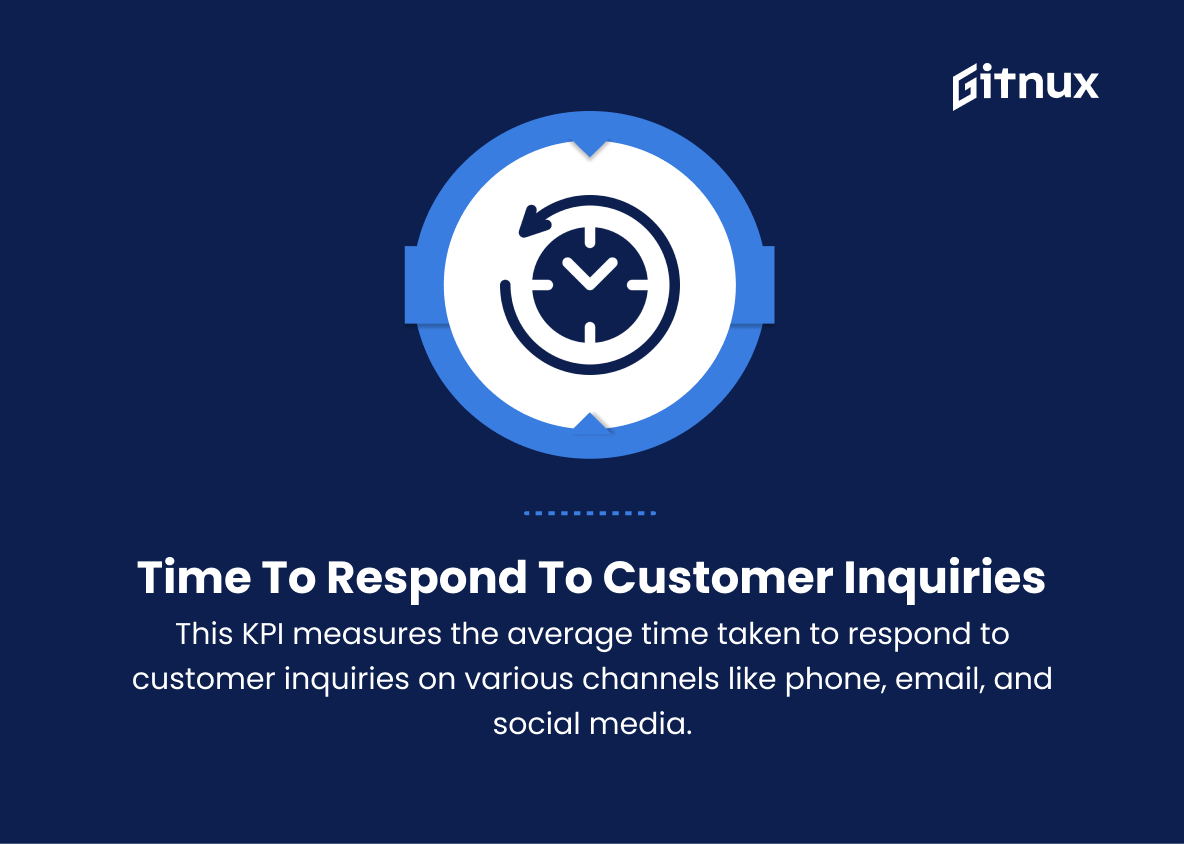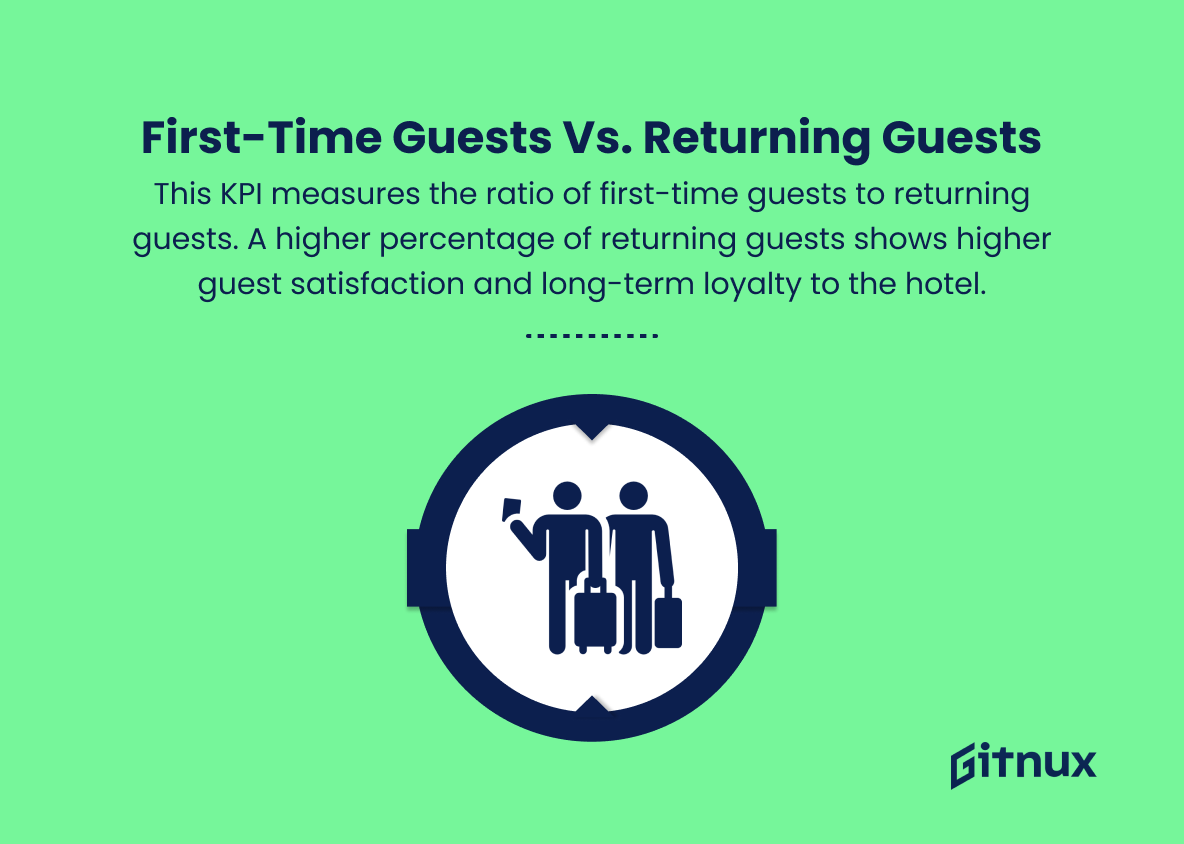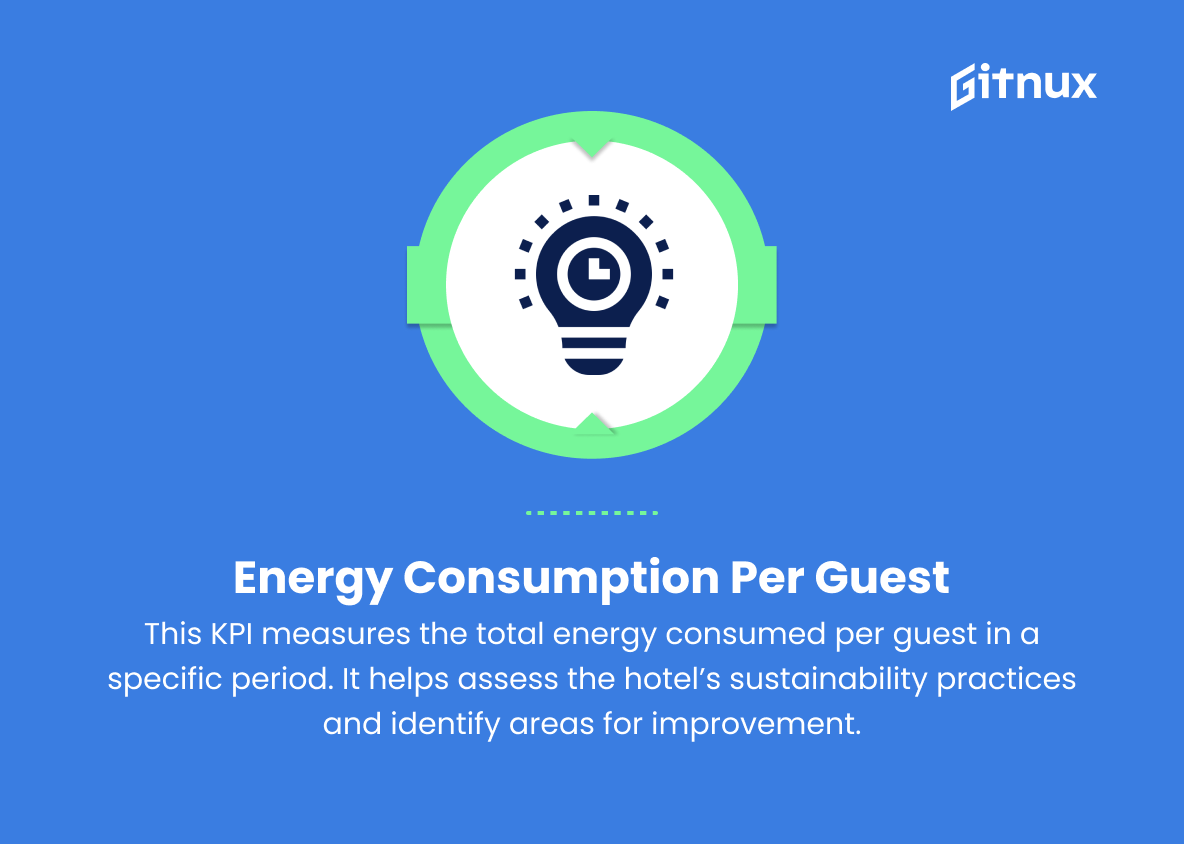In today’s competitive hospitality industry, hoteliers must constantly strategize, analyze and adapt to stay ahead of the curve. An invaluable tool to ensure success is a comprehensive set of Key Performance Indicators (KPIs) that can provide insight into a hotel’s overall performance, identify areas for improvement, and aid in decision-making.
In this in-depth blog post, we will explore the key hotel KPIs that can help you improve your property’s operations, guest satisfaction, and ultimately, revenue. By keeping an eye on these essential metrics, you’ll be well equipped to maximize your hotel’s potential and navigate through challenging times with confidence and foresight.
Hotel KPIs You Should Know
1. Occupancy Rate
This KPI measures the percentage of available rooms that are occupied during a specific period. It gives insights into the hotel’s ability to attract guests and shows how effectively the hotel is managing its room inventory.
2. Average Daily Rate (ADR)
This KPI measures the average revenue earned per occupied room per day. It helps assess the hotel’s pricing strategy and financial performance.
3. Revenue Per Available Room (RevPAR)
This KPI measures the total revenue earned per available room, considering both occupied and unoccupied rooms. It shows the effectiveness of the hotel’s pricing and marketing strategies in generating revenue.
In today’s fiercely competitive hospitality industry, hoteliers must constantly strategize, analyze, and adapt to stay ahead of the curve.4. Average Length of Stay (ALOS)
This KPI measures the average number of days guests stay in the hotel. A longer ALOS indicates enhanced guest satisfaction and higher revenue generated per booking.
5. Guest Satisfaction Score (GSS)
This KPI measures guests’ satisfaction with the hotel’s services, facilities, and overall experience. A higher GSS indicates a better reputation and potential for repeat business.
6. Online Rating and Reviews
This KPI measures the hotel’s online reputation by analyzing ratings and reviews on websites like TripAdvisor and Yelp. Higher ratings and positive reviews result in increased brand awareness and trust, leading to more bookings.
7. Cost per Occupied Room (CPOR)
This KPI measures the total cost of providing services to occupied rooms, such as cleaning, maintenance, and staff salaries. A lower CPOR indicates better operational efficiency.
8. Employee Turnover Rate
This KPI measures the hotel staff turnover rate, or the percentage of employees leaving the hotel within a given period. High turnover can lead to increased recruitment and training costs, affecting the hotel’s performance.
Hotel KPIs play a crucial role in evaluating and enhancing the performance of a hotel by offering valuable insights into various aspects of its operations.9. Booking Channels
This KPI analyzes the sources of hotel bookings, whether through direct bookings, online travel agents, or other channels. Understanding the most effective channels helps optimize marketing and sales strategies.
10. Food and Beverage Revenue
This KPI measures the total revenue generated from food and beverage sales, including restaurants, bars, and room service. It indicates the performance of the hotel’s food and beverage offerings and their attractiveness to guests.
11. Gross Operating Profit per Available Room (GOPPAR)
This KPI measures the hotel’s profitability per available room by considering revenue and operational expenses. A higher GOPPAR indicates better overall financial performance.
12. Market Share
This KPI measures the percentage of the local market’s total revenue or bookings that the hotel has captured. A higher market share indicates a stronger presence in the market and better competitiveness.
13. Time to Respond to Customer Inquiries
This KPI measures the average time taken to respond to customer inquiries on various channels like phone, email, and social media. Faster response times improve customer satisfaction and potential bookings.
14. First-time Guests vs. Returning Guests
This KPI measures the ratio of first-time guests to returning guests. A higher percentage of returning guests shows higher guest satisfaction and long-term loyalty to the hotel.
15. Energy Consumption per Guest
This KPI measures the total energy consumed per guest in a specific period. It helps assess the hotel’s sustainability practices and identify areas for improvement.
Hotel KPIs Explained
Hotel KPIs play a critical role in evaluating and improving a hotel’s performance by providing valuable insight into various aspects of its operations. They enable hoteliers to understand how effectively they are attracting and accommodating guests, while providing excellent service and managing resources efficiently. KPIs such as occupancy, average daily rate (ADR), revenue per available room (RevPAR), and average length of stay (ALOS) provide a comprehensive view of a hotel’s financial performance and pricing strategies.
Guest Satisfaction Score (GSS), Online Ratings and Reviews, and Time to Respond to Customer Inquiries directly assess the quality of the guest experience and help drive repeat business. Operational efficiency can be evaluated through Cost per Occupied Room (CPOR) and Employee Turnover Rate. At the same time, monitoring booking channels, food and beverage revenue, gross operating profit per available room (GOPPAR), market share, and the ratio of first-time to repeat guests provides insight into marketing and sales effectiveness, competitiveness, and guest loyalty.
Finally, measuring energy consumption per guest helps hotels remain environmentally responsible and maintain sustainable practices. By monitoring and optimizing these KPIs, a hotel can continuously improve its overall performance to meet strategic goals and stay ahead of the competition.
Conclusion
In summary, understanding and effectively using hotel KPIs is paramount to the success of any hotel business. By monitoring key metrics such as occupancy, ADR, RevPAR and guest satisfaction, hotel operators can make informed decisions to drive growth, maximize profits and consistently deliver a superior guest experience.
In addition, continuous evaluation of KPIs enables hotels to remain competitive in an ever-evolving industry and successfully adapt to changing consumer behavior and market trends. Ultimately, effective KPI management serves as the foundation for creating a thriving and sustainable hotel business, fostering long-term success and continued customer satisfaction.
